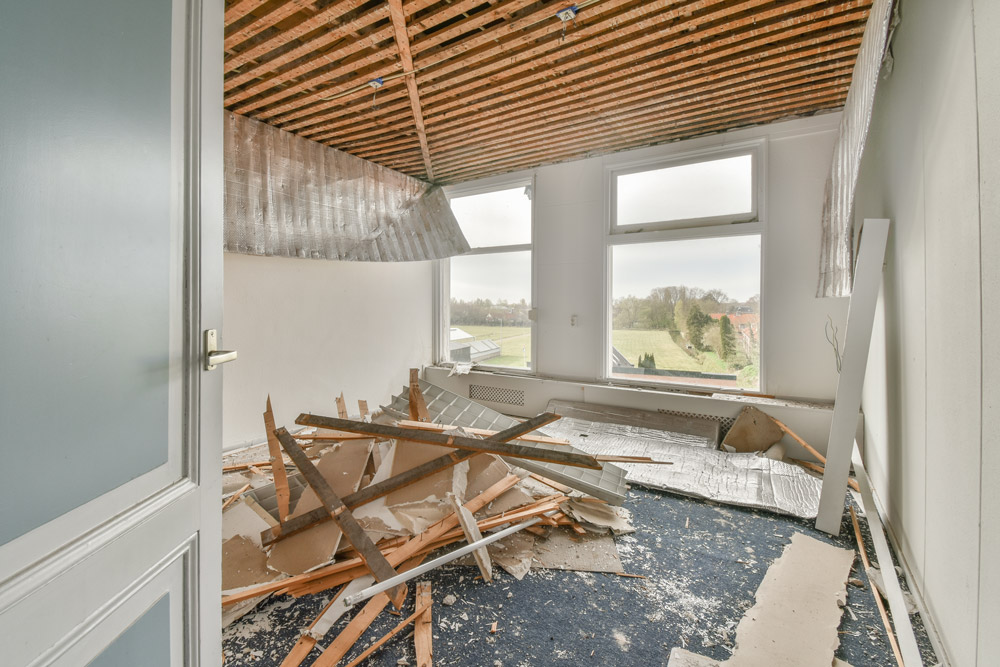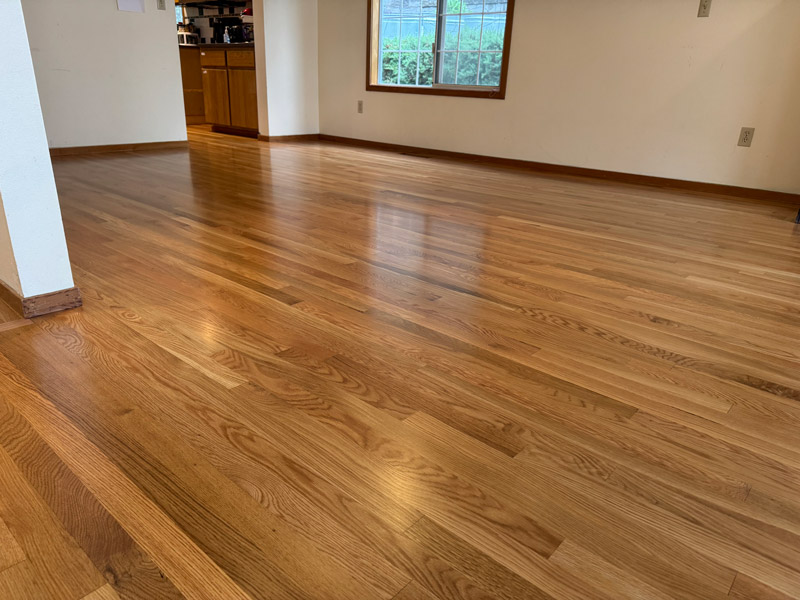
Understanding Different Flooring Types for Demolition

Identifying Hardwood, Tile, and Concrete
Before starting any flooring demolition, it’s important to know what kind of floor you have. Is it hardwood, tile, or concrete? Each type needs different tools and methods. For example, removing hardwood floors is different from taking out tiles. Knowing your floor type helps you plan better.
Special Considerations for Hazardous Materials
Sometimes, floors might have dangerous materials like asbestos. If you find something that looks risky, stop and call a professional. Safety is key in any floor removal project, especially in older homes or buildings.
Choosing the Right Tools for Each Type
Using the right tools makes flooring demolition easier and safer. Hardwood, tile, and concrete all need different tools. For hardwood, you might need a pry bar. For tiles, a chisel and hammer work best. Concrete might need heavy-duty tools like a jackhammer. Picking the right tools helps you get the job done right and keeps you safe.
Step-by-Step Guide to the Demolition Process
Before you start, make sure to clear out all furniture, appliances, and other items from the room. This makes the space safe and easy to work in. Don’t forget to disconnect any utilities like water, gas, and electricity to avoid accidents.
Once the area is clear, you can start removing the flooring. Depending on the type of floor, you might need different tools. Be careful and take your time to avoid damaging the subfloor underneath.
After you’ve removed the flooring, you’ll have a lot of debris to deal with. Make sure to dispose of it properly. Once the debris is gone, check the subfloor for any damage or issues that need fixing before you install new flooring.
Safety Measures and Best Practices
Essential Safety Gear and Equipment
Before you start any demolition, safety should be your top priority. Make sure to wear the right safety gear like gloves, goggles, a hard hat, and steel-toed boots. A dust mask or respirator is also important to avoid breathing in harmful particles. Always stay alert and keep a first-aid kit nearby.
Handling Hazardous Materials
When dealing with hazardous materials like asbestos or lead paint, it’s crucial to follow safety protocols. Wear protective gear and make sure the area is well-ventilated. If you’re not sure how to handle these materials, it’s best to call in a professional.
Hiring Professionals vs. DIY Demolition
Deciding whether to hire professionals or do the demolition yourself depends on the complexity of the job. For small projects, DIY might be fine if you follow safety guidelines. However, for larger or more complicated jobs, hiring professionals can save you time and ensure the work is done safely.
Preparing for New Flooring Installation
Inspecting and Repairing the Subfloor
Before you start with the new floor installation, it’s important to check the subfloor. Look for any damage or weak spots. If you find any issues, you might need floor repair services. Fixing these problems now will save you trouble later. Flooring experts can help if you’re unsure about the repairs.
Cleaning and Prepping the Area
Next, you need to clean the area really well. Remove all dust, debris, and old adhesive. A clean surface helps the new floor stick better. Flooring contractors often use special tools for this step. If you skip this, your new floor might not last as long.
Choosing the Right Time for Installation
Picking the right time for your floor replacement is key. Make sure the weather is good and the room is ready. Sometimes, it’s best to hire professional flooring services to get the job done quickly and correctly. They know the best practices for flooring maintenance and can ensure a smooth installation process.
Getting ready for new flooring? Make sure your space is prepped and ready for a smooth installation. Clear out the room, remove any old flooring, and ensure the subfloor is clean and level. For more tips and expert advice, visit our website today!
Conclusion
Floor demolition is a key part of any renovation or construction project. By planning carefully, preparing thoroughly, and following the steps in this guide, you can make sure your demolition goes smoothly and safely. Always remember to prioritize safety and consult professionals when needed, especially if you encounter hazardous materials. With the right approach, you can transform your space and get it ready for new, beautiful flooring. Happy renovating!





